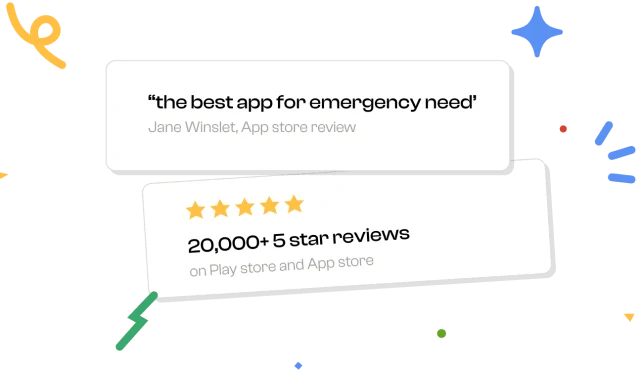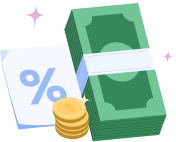There are vital distinctions regarding checking and savings accounts, even if they’re both under the same bank umbrella. With a savings account, you can stash away money without the hassle of manually moving funds from your checking account.
We will read more on why direct deposit into savings instead of a checking account. By setting up a direct deposit, you can automate your savings game plan, effortlessly channeling a portion of your paycheck straight into your chosen savings account right after it arrives in your account.
Differences between Checking vs Savings Accounts
Here are a few significant differences between checking and savings accounts:
- A checking account is your go-to for day-to-day transactions, allowing you to process as many transactions as you need without any restrictions.
- When it comes to savings accounts, think of them as long-term players. Invest your funds here, and over time, they have the potential to earn interest. It’s all about playing the saving game for the extended haul.
- Savings accounts typically earn higher interest rates than checking accounts, so their money can earn compound interest.
- Savings accounts are designed to be used briefly. Most banks limit the number of withdrawals made in a given period. However, withdrawals and deposits can be made anytime with a checking account.
Choosing Checking or Savings Account
Various reasons, including convenience and purpose, can motivate opening a checking or savings account. The checking account is the most basic type offered by banks, credit unions, and small lenders. The system is used for everyday transactions.
Savings accounts allow individuals to grow their money without having immediate access, unlike checking accounts, which do not yield interest over time. The purpose of a savings account is to store money until it is needed.
The difference between savings and checking accounts is that saving accounts enable individuals to grow their money over time. Conversely, checking accounts allow individuals to grow their money over time.
Do You Need Cash for Monthly Bills?
You should deposit these funds into a checking account if you use them to pay your bills regularly, such as rent, mortgage, utilities, or student loans. There is no limit to transactions, and it offers convenience for day-to-day needs.
Is This Money Going Towards a Long-Term Financial Goal?
By stashing your savings outside your regular checking account, you’re creating a buffer that makes it less tempting to dip into those funds for unplanned expenses. Whether you’re working on building up your emergency fund or squirreling away cash for a significant milestone like a house down payment or a new car, consider putting your money directly into a savings account. The bonus? You can reach your financial goals faster by letting your money earn interest.
Can You Make a Split Deposit?
Many employers allow you to deposit your paycheck into multiple account types. It’s a good option for people with monthly bills to pay and want to save for the future. You must decide what distribution works best for your situation, or you can divide the funds equally. If you don’t have an emergency fund, save 5% or 10% of your paycheck in a savings account and cover your bills with the remaining funds.
Conclusion
Embarking on the journey to financial security means diving into the nitty-gritty of checking and savings accounts. We’re all sailing our unique financial ships, each with quirks and needs. Whether you funnel your funds into a checking or savings account is like crafting a tailor-made solution for your money matters, tailored to your specific financial circumstances and dreams.
A checking account could be your trusty companion if your funds are on a daily hustle covering expenses. But if you’re dreaming of a financial safety net down the road, a savings account might be the puzzle piece you still need to include. It’s about sizing up your economic landscape and choosing one that syncs seamlessly with your aspirations.
FAQs
How can I withdraw from a savings account?
Banks allow customers to access savings accounts via ATMs using physical cards and mobile wallets. You can withdraw money using debit cards or visit your bank for money withdrawals.
Should I direct deposit to savings or checking?
You can withdraw money from your checking account more frequently than your savings account. Savings accounts may have monthly withdrawal limits. Such accounts allow you to save better.
Should direct deposit go to checking or savings?
You can use your checking account to pay your bills and access your money if your employer allows you to divide the direct deposit between your savings and checking account. It also depends on our needs and requirements. If you plan to save more, select a savings account over a checking account.




























